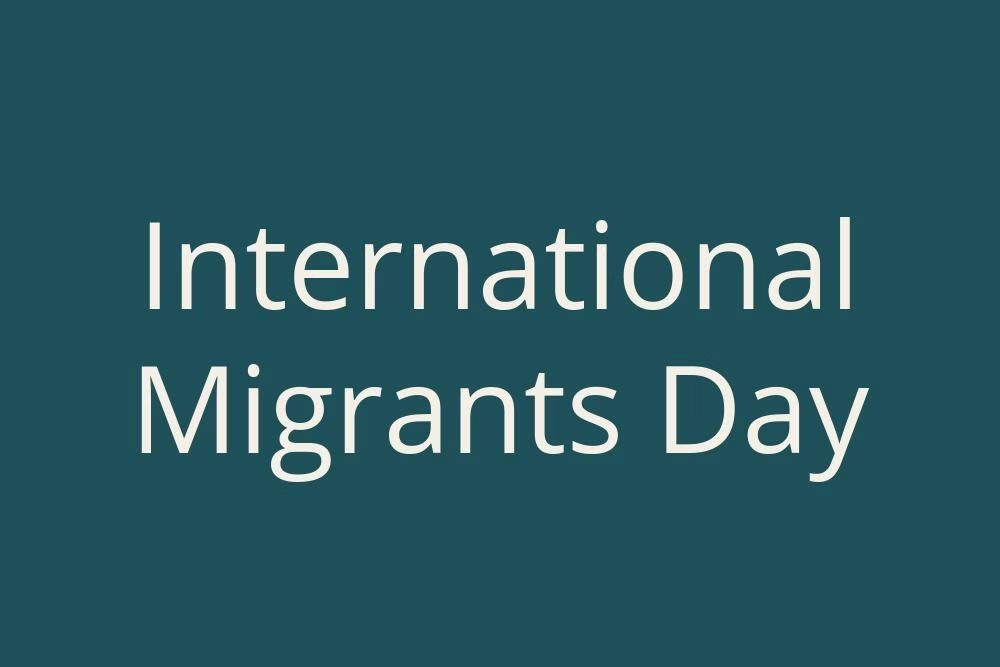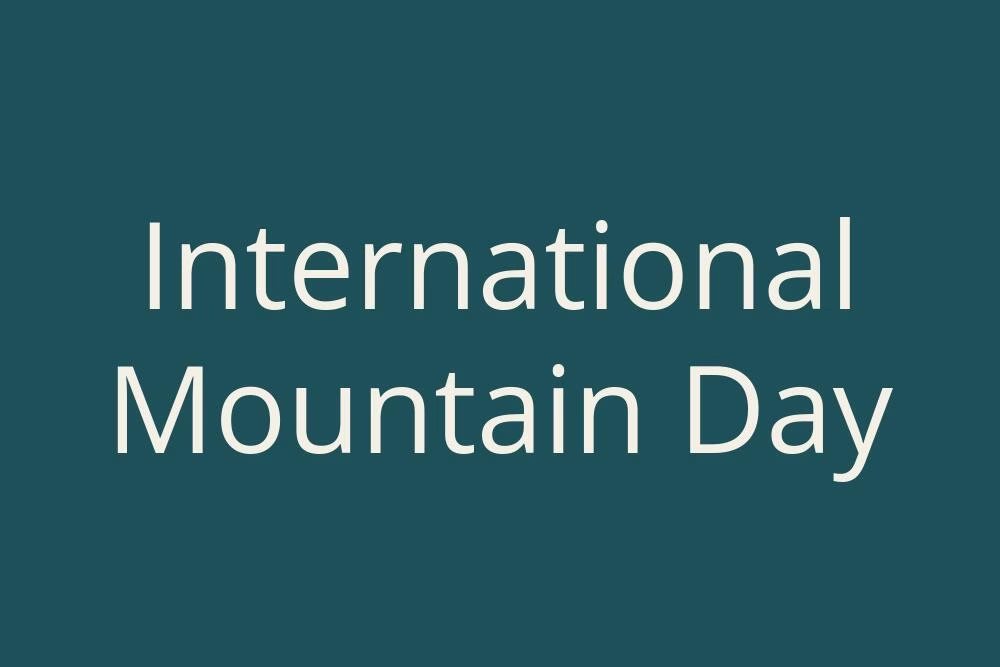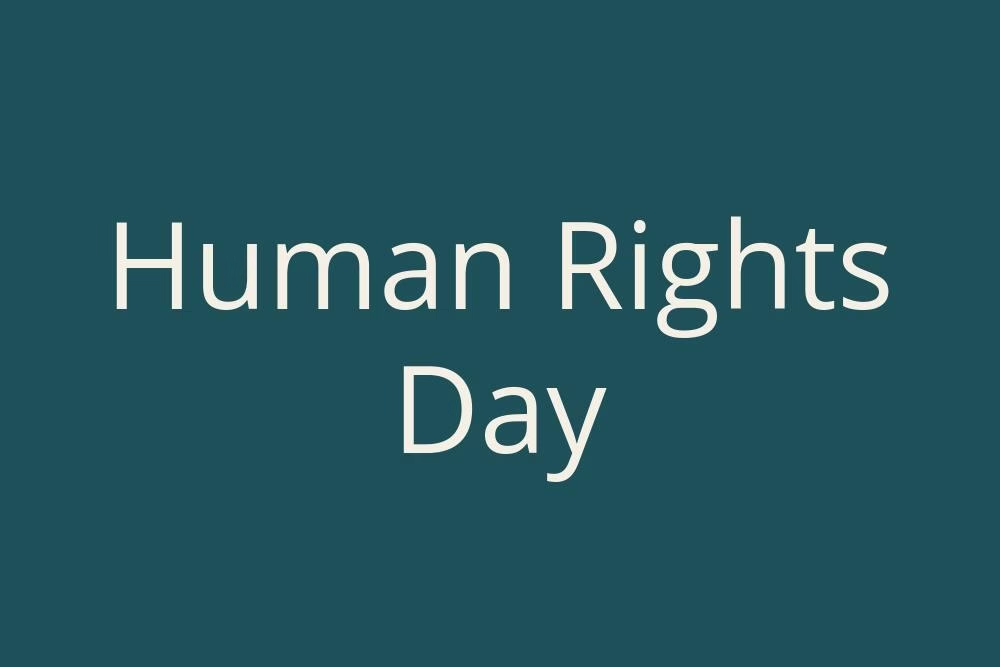Days Countdown
Weeks Countdown
Months Countdown
How Many Days Until International Day Of Family Remittances? (2026-2050)
| Date | Day | Days Left |
|---|---|---|
| 2026 (June 16) | Tuesday | 193 days |
| 2027 (June 16) | Wednesday | 558 days |
| 2028 (June 16) | Friday | 924 days |
| 2029 (June 16) | Saturday | 1289 days |
| 2030 (June 16) | Sunday | 1654 days |
| 2031 (June 16) | Monday | 2019 days |
| 2032 (June 16) | Wednesday | 2385 days |
| 2033 (June 16) | Thursday | 2750 days |
| 2034 (June 16) | Friday | 3115 days |
| 2035 (June 16) | Saturday | 3480 days |
| 2036 (June 16) | Monday | 3846 days |
| 2037 (June 16) | Tuesday | 4211 days |
| 2038 (June 16) | Wednesday | 4576 days |
| 2039 (June 16) | Thursday | 4941 days |
| 2040 (June 16) | Saturday | 5307 days |
| 2041 (June 16) | Sunday | 5672 days |
| 2042 (June 16) | Monday | 6037 days |
| 2043 (June 16) | Tuesday | 6402 days |
| 2044 (June 16) | Thursday | 6768 days |
| 2045 (June 16) | Friday | 7133 days |
| 2046 (June 16) | Saturday | 7498 days |
| 2047 (June 16) | Sunday | 7863 days |
| 2048 (June 16) | Tuesday | 8229 days |
| 2049 (June 16) | Wednesday | 8594 days |
| 2050 (June 16) | Thursday | 8959 days |
The Importance of International Day of Family Remittances
The International Day of Family Remittances, celebrated annually on June 16, serves as a global platform to honor the essential contributions made by migrant workers to their families and communities back home through remittances. This day recognizes not just the financial impact but also the social and emotional connections that remittances enable.
Understanding Remittances
Remittances can be defined as transfers of money made by migrants to their families in their country of origin. According to the World Bank, remittances have become a vital lifeline for millions of families worldwide, often serving as a primary source of income and a means to cover basic expenses like education, healthcare, and housing.
Key Statistics
The financial scale of remittances is significant. Here are notable statistics:
| Year | Global Remittance Flow (in USD Billion) | Percentage of GDP in Low and Middle-Income Countries |
|---|---|---|
| 2020 | 702 | 3.3% |
| 2021 | 773 | 3.5% |
| 2022 | 893 | 3.9% |
| 2023 | x | x |
| 2024 | y | y |
The Social Impact of Remittances
Beyond the obvious economic benefits, remittances strengthen social networks and foster resilience among communities. As families receive financial assistance, they are often able to invest in future generations, upgrading their living standards and contributing to local economies.
Moreover, remittances promote goals such as gender equality. Women, in particular, are often the primary recipients of remittances, empowering them to take decisions regarding family welfare and education for children, thus playing a key role in community development.
Challenges and Opportunities
While remittances offer significant benefits, there are challenges that families and governments must address:
- High Transfer Costs: The cost of sending money remains high, especially for certain corridors. Efforts to reduce these expenses are vital.
- Regulatory Barriers: Complicated financial regulations can hinder the efficiency of remittance transfers.
- Economic Vulnerability: Economic crises impact migrant workers’ ability to send money home.
Addressing these challenges requires coordinated strategies, including leveraging technology and enhancing financial literacy to facilitate smoother transactions and lower costs.
Global Commemoration Efforts
Each year, organizations, governments, and communities around the world engage in activities to raise awareness about the significance of family remittances. These events include:
- Awareness campaigns to educate about remittance benefits.
- Workshops on financial literacy aimed at helping families manage their remittance income.
- Policy discussions to enhance the regulatory environment surrounding remittance transfers.
Furthermore, engaging the private sector to contribute toward creating more accessible remittance services can amplify the impact families experience.
Looking to the Future
As the global community continues to grow, the importance of the International Day of Family Remittances will likely increase. Planning ahead, we must aim for:
- Technological Integration: Encouraging the use of innovative technologies, such as blockchain, to make remittance transfers more cost-effective and secure.
- Inclusive Financial Systems: Developing policies that create a framework for inclusive financial services to target underserved populations.
Ultimately, the continued celebration and recognition of remittances highlight their enduring role in strengthening immigrant communities and solidifying family ties across borders.


